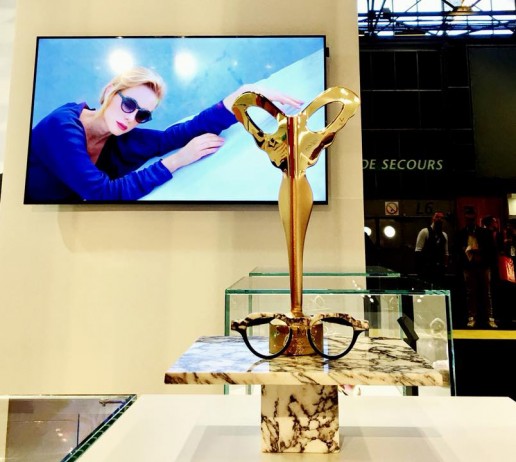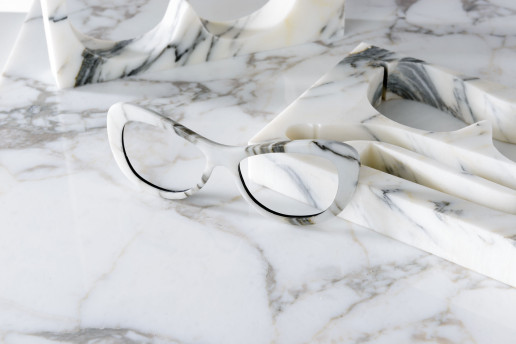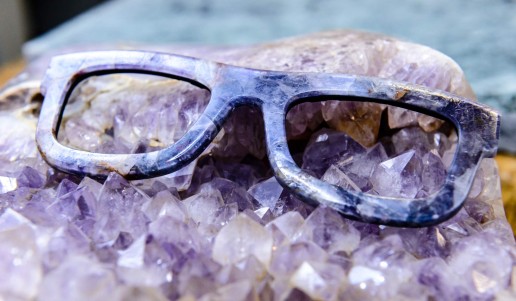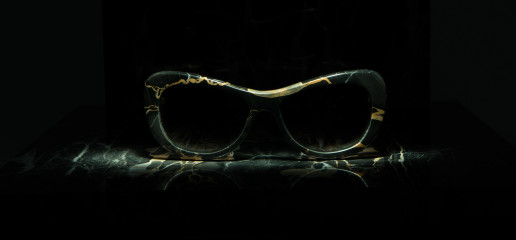
Morà Busoli wins the Silmo d’Or Award 2018 for Optical Frame
The Silmo d’Or Award night has been held on Saturday night the 29th in the picturesque Musée des Arts…
Discover VENTI a tribute to the centenary of the Pantos Creation
Come and discover a tribute to the centenary of the Pantos Creation A sharp contrast between harmonic…
MIDO EYEWEAR SHOW MILANO 2018
IN OCCASION OF THE MIDO EYEWEAR SHOW IN MILAN – FEBRUARY 24.25.26 2018 WE ARE GLAD TO INVITE YOU TO DISCOVER “BARDO”, THE NEWEST MEMBER OF THE…
SILMO PARIS 2016
SILMO PARIS | LE MONDIAL DE L’OPTIQUE FRIDAY 23 MONDAY 26 SEPTEMBER 2016 HALL 5, BOOTH H-039 LUXURY AREA MORÀ BY BUSOLI IS GLAD TO INVITE YOU…
SUPERDESIGN SHOW 2016
Superstudio Più – via Tortona 27, Milan Press Preview 11th April (only press) 12th-15th April 2016 (only professionals) 16th-17th April 2016…
MIDO 2016
27/28/29 FEB 2016 Mido is the International Trade Show for Optics, Optometry and Ophthalmology which takes place every year in Milan. Mido is now the…
When marble meets carbon
Imagine if the strength and the classical nature of marble met the lightness and the innovation of carbon fiber. Imagine if the sculptor’s…







